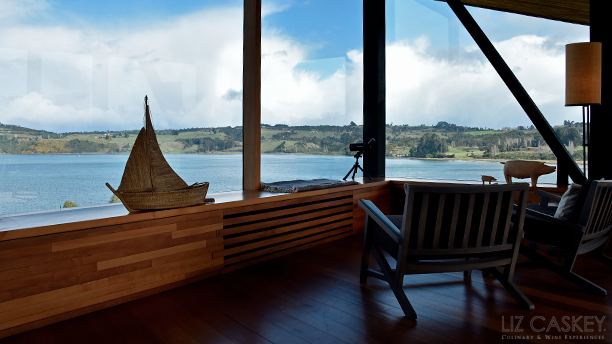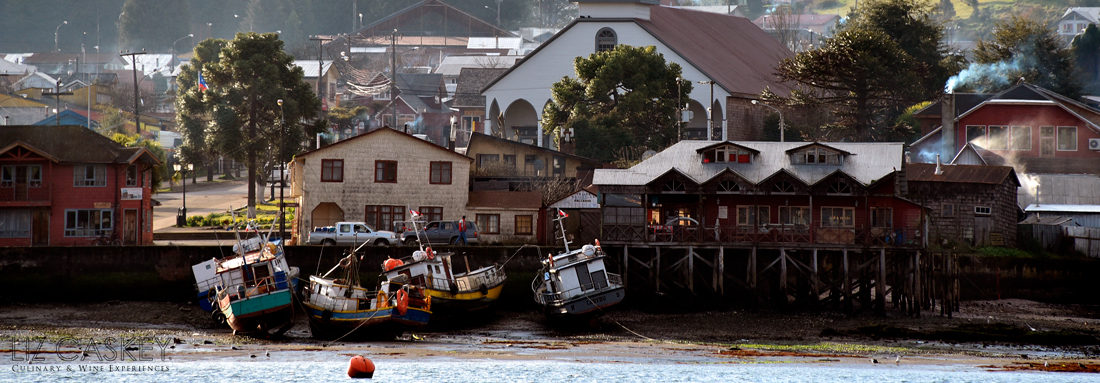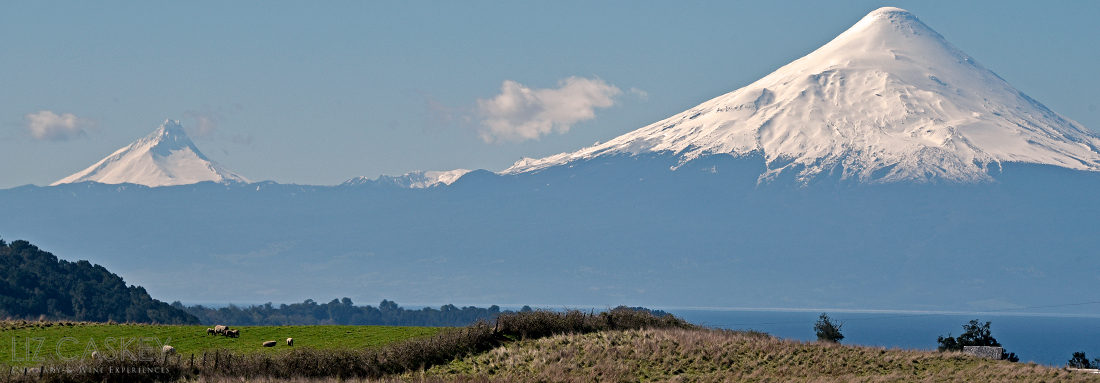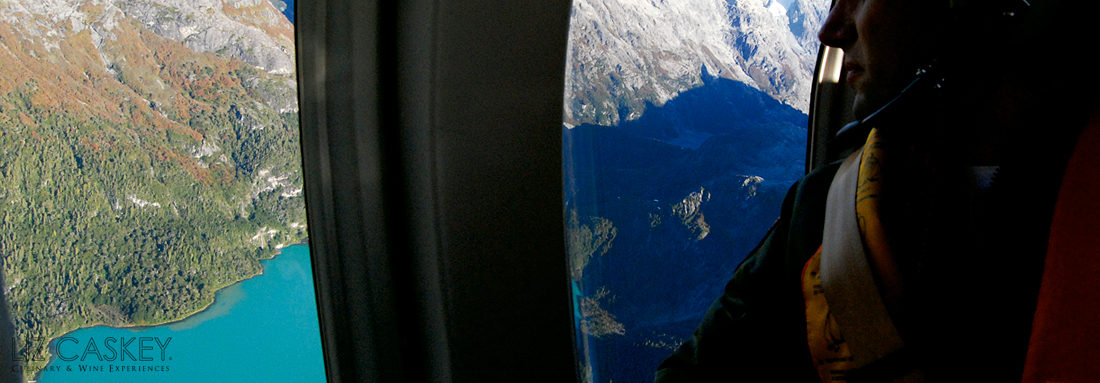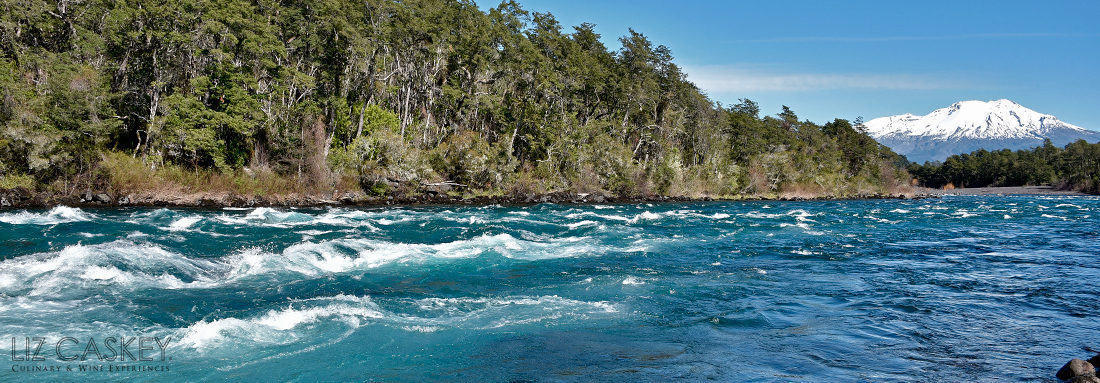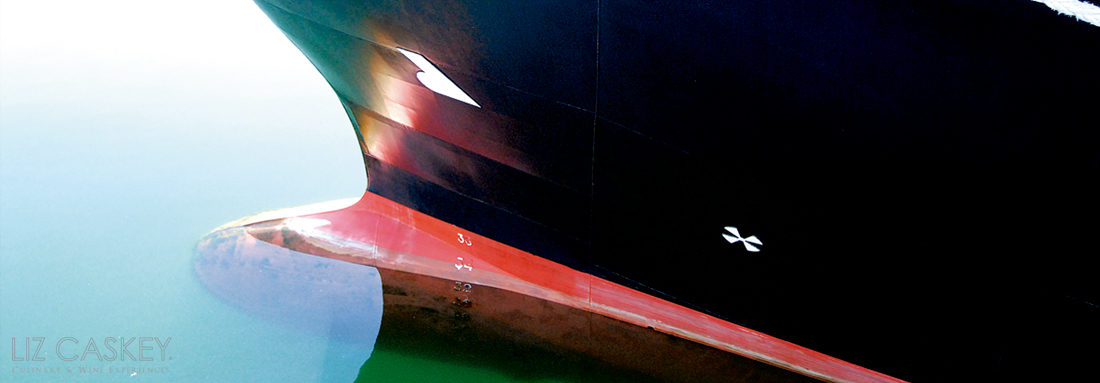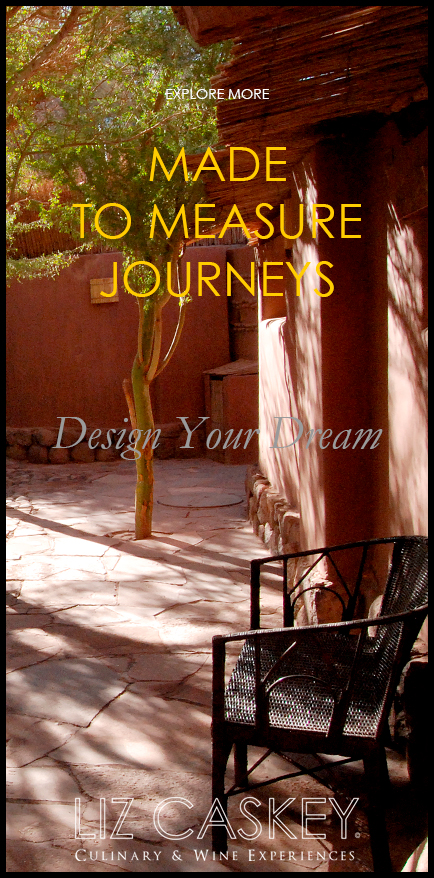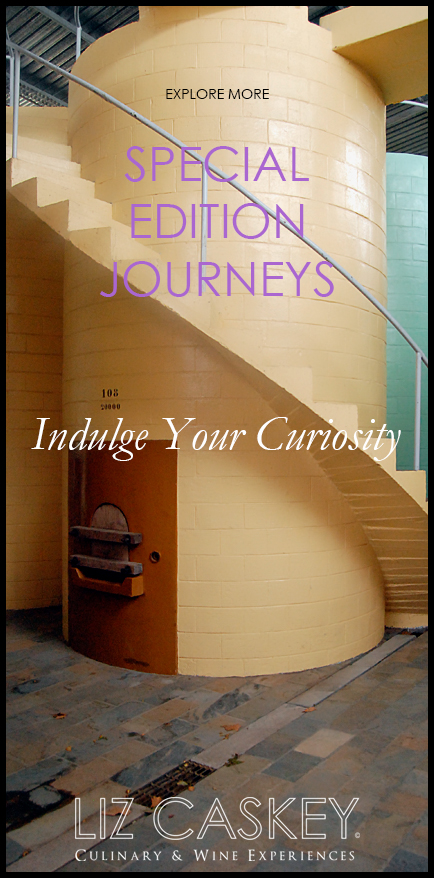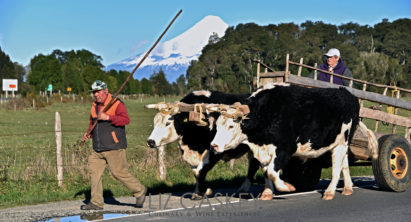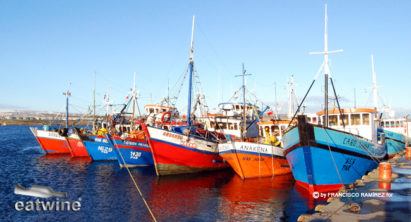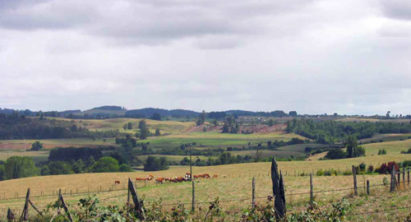Lake District
Imagine a land of shimmering sapphire lakes with snow-capped volcanoes and sailboats on the horizon. A hiking trail opens onto a view of rapid, turquoise waterfalls. A lakeshore is home to charming European-style villages that seem to emerge from a Bavarian fairytale. Roads meander over verdant rolling hills that are covered with pastures sprouting wildflowers. They wind past stately Germanic farmhouses covered with the typical alerce shingles, vibrant gardens, and apple orchards.
There’s a reason that Chileans use the phrase “La Magia del Sur”, the magic of the south, to commonly describe the region and its charms. The real allure of the south of Chile is about the godlike nature and immersing ourselves in her. Here, she will easily show us the way to stillness and allow us to center ourselves–something we often forget in the rush of our daily lives. All it takes is a quiet walk in the forest, sitting on the dock of the lake contemplating the water as it mirrors the sky, or appreciating the atardecer (twilight) with a glass of wine in hand as the volcanoes are shrouded in golden light. The south drops you into a space of such peace and presence, it’s hard to leave.
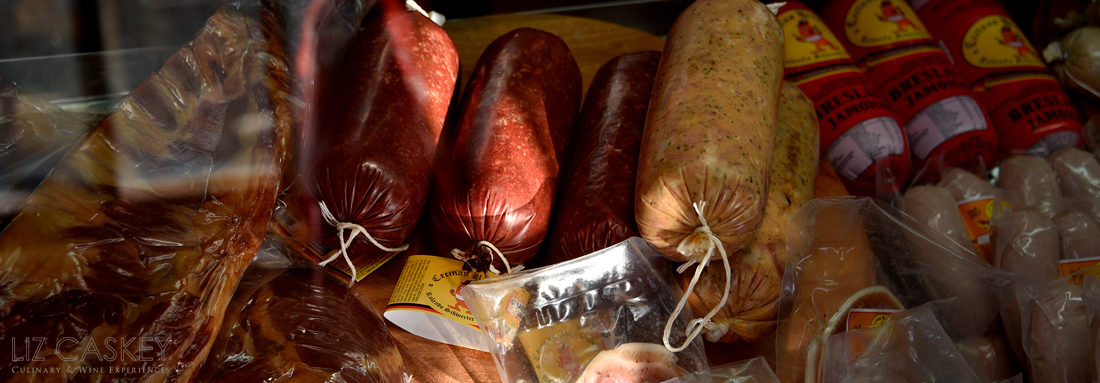
Ingredients
Much of the south of Chile is covered in a dense, temperate forest known as El Bosque Valdiviano, the Valdivian forest. Named after the city of Valdivia, these temperate rainforests are an explosion of green and characterized by their dense bamboo, ferns, mosses, lichens, and evergreen angiosperm trees. Before the land was cleared by German settlers, this forest dominated the landscape. Today, hiking on these trails is one of the most beautiful, peaceful, centering, and sensual experiences in the south of Chile.
Things We Love
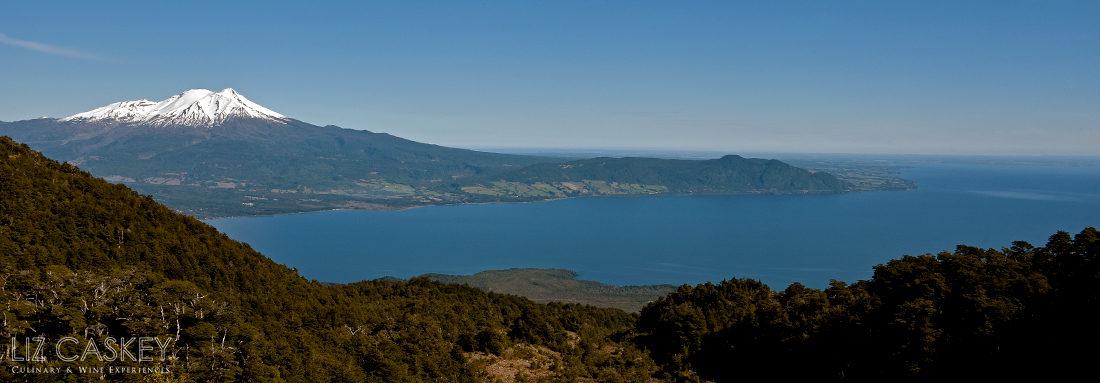
Soaking in Hot Springs: One of the benefits of the active volcanoes in the region is the amount of hot springs. Chileans love to soak for purification and relaxation in nature. Our favorite baths are in the Villarrica National park, which is a striking project combining minimalist geometric shapes to contrast nature and the lush ravine that carves through the rainforest. There’s something about soaking in these hot pools surrounded only by the sounds of water and nature. It’s as if you are infused with earth’s energy and warmth and it penetrates every cell of your being. It’s profoundly rejuvenating.
Chiloé’s Charm: We are smitten with Chiloé, its distinctive architecture, and green, rolling hills and sea. Much like the British Isles, the archipelago is lush due to abundant rainfall with the perfect ingredients for rainbow magic: majestic mountains, Pacific Ocean spray, plenty of clouds, and showers. Certainly, rainbows often seem to appear on the horizon arching over the colorful palafitos (stilt) homes built on inlets. The island also has many hand-carved wooden larch shingles covering most facades and the stunning colonial-era wooden churches, now under UNESCO conservation. Known for their vibrant facades, the bright yellow Church of Castro or the striking blue Church of Chonchi are beauties.
Dreamy Cheeses: Southern Chile and its bucolic pastures are the cradle of dairy production in Chile where the majority of Chile’s finest cheeses are born. Cheesemakers are still small, artisanal, and range from tangy havarti-style cow’s milk cheeses to nutty, sheep’s milk cheese (like a Chilean manchego), and creamy spreadable goat’s milk cheeses. While in the region, visiting the farms and meeting firsthand with the cheesemakers is an intimate opportunity to learn the process of the cheesemaking and culture behind the region–and absolutely delicious, too.
and the meaningful
Hotels
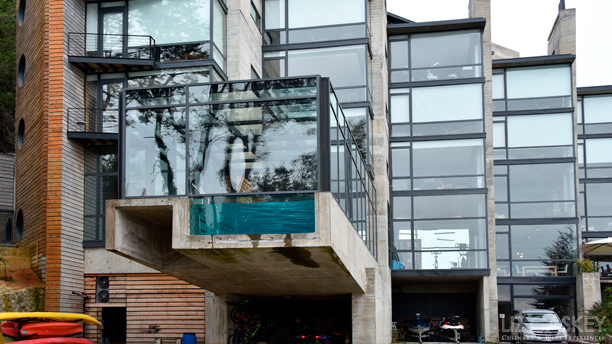
AWA Puerto Varas
Set on the shores of Llanquihue lake, the largest in Chile, this modern hotel is in the shadow of the towering Osorno Volcano. It’s the perfect home base to jump off into the culture and adventure of the region. Head out with your private guide to kayak on the quiet fjords or cruise the turquoise waters of Todos Los Santos lake. Ascend the volcano to a working ski resort on the front face with views of the lake, Pacific, and Reloncavi Sound in the distance. Experience zen walking in the bosque valdiviano, the cold Chilean rainforest, a world biosphere with abundant bird life and one thousand shades of green. Visit the charming lakefront towns with Germanic traditions and a fervent foodie scene from artisan cheeses to craft beers, pastries, and the music scene in Frutillar. Back at the hotel, savor the garden-to-table menu where the huerta produces over 5 dozen different vegetables. Or take a dip in the quirky pool that disappears (visually) into the lake.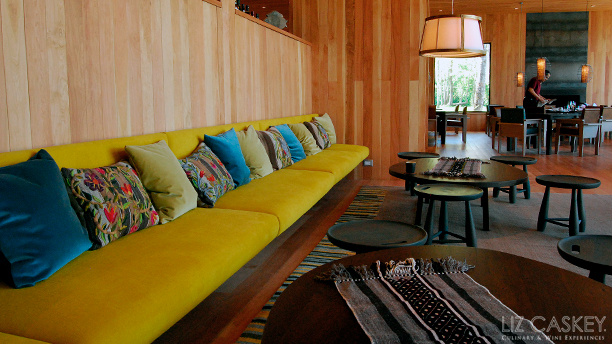
Hacienda Vira Vira
Just outside Pucon, Hacienda Hotel Vira Vira is set on the shores of the babbling Liucura River with the snow-capped Villarrica volcano in constant view. A working farm, here the farm-to-table philosophy means clean menus with a burst of creativity, paired with fine wines. During the day trek in the ancient Araucaria forest, raft the rapids, soak in hot springs, hop on horseback, partake in a traditional barbeque, or visit a traditional Mapuche community. Back on the range, the villas are well appointed for cozying up by the fire or crawling into the outdoor hot tub to savor the night sky.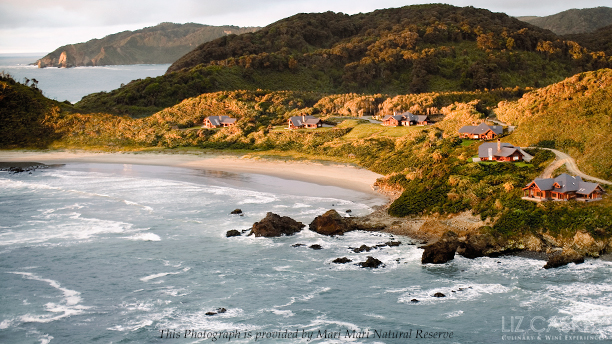
Hotel Mari Mari
Set on a stunning piece of land where the Chilean continent crumbles into the Pacific, this eco-luxury brings you back to your center. Imagine therapeutic long walks on the beach to the rhythmic sound of crashing waves. Head out via boat to see resident Penguins. Learn to gallop with the resident gauchos. Guest villas have vistas of the sapphire Pacific and are encased by the lush rainforest. Dine on homegrown organic vegetables and local fish paired with fine wines and arguably the best pisco sour down south. It’s all about letting go and relaxing.